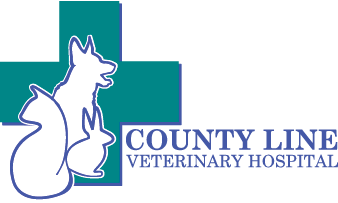Pet Health Articles
-
Contenido en espanol actualizado
-
Prostatic Disease in Dogs
La próstata es una glándula localizada cerca del cuello de la vejiga urinaria de los machos. La uretra pasa a través de ella justo a la salida la vejiga. Su función consiste en producir algunos fluidos que forman parte del semen canino.
-
Contenido en espanol actualizado
-
Pain Management for Dogs
El control y evaluación del dolor son muy importantes incluso cuando el perro sufre procesos relativamente rutinarios como una castración. El control del dolor se incorpora rutinariamente en todo aquel tratamiento que pueda resultar doloroso.
-
Ectropion, or outward rolling of the eyelid, can cause problems such as recurring conjunctivitis and drying out of the cornea. The clinical signs are a "sagging" or outward-rolling lower eyelid, although ectropion can affect any of the eyelids. A thick mucoid discharge often accumulates along the eyelid margin. Diagnosis is usually made on physical examination. Testing for hypothyroidism and for antibodies against certain muscle fibers may be done if looking for underlying causes. The treatment for mild ectropion generally consists of medical therapy; if the condition is severe, surgical correction can be performed to shorten the eyelids.
-
Entropion, or rolling in of the eyelids, is seen in many breeds and is considered a hereditary disorder. Most dogs will squint, hold the eye shut, and tear excessively (epiphora), though some patients will develop a mucoid discharge. Entropion can cause additional eye problems, such as corneal ulcers, perforations, or development of pigment on the cornea interfering with vision and chronically irritating to the dog. Entropion is corrected with surgery.
-
Alveolar osteitis, also called expansile osteitis, is a relatively common condition that results from chronic periodontal disease in cats. It is painful and can interfere with grooming and eating. If this disorder is detected early, it may be possible to treat the disease without tooth extraction by performing thorough periodontal therapy (dental cleaning and scaling).
-
An FHO, or femoral head ostectomy, is a surgical procedure that aims to restore pain-free mobility to a diseased or damaged hip by removing the head and neck of the femur (the long leg bone or thighbone). This procedure is commonly recommended for cats, especially those who are at a healthy weight. Active cats often experience better results with FHO than less-active cats. It is important to follow your veterinarian's post-operative instructions. Most cats will show signs of complete recovery approximately six weeks post-operatively.
-
An FHO, or femoral head ostectomy, is a surgical procedure that aims to restore pain-free mobility to a diseased or damaged hip by removing the head and neck of the femur (the long leg bone or thighbone). This procedure is commonly recommended for smaller dogs, especially those who are at a healthy weight. Active dogs often experience better results with FHO than less-active dogs. It is important to follow your veterinarian's post-operative instructions. Most dogs will show signs of complete recovery approximately six weeks post-operatively.
-
Mast cell tumors are one of the most common skin tumors in ferrets. They are typically a small, raised growth on the skin that erupts, may bleed, then heal, only to reoccur several weeks later in the same location. Mast cell tumors in ferrets do not spread to internal organs.

